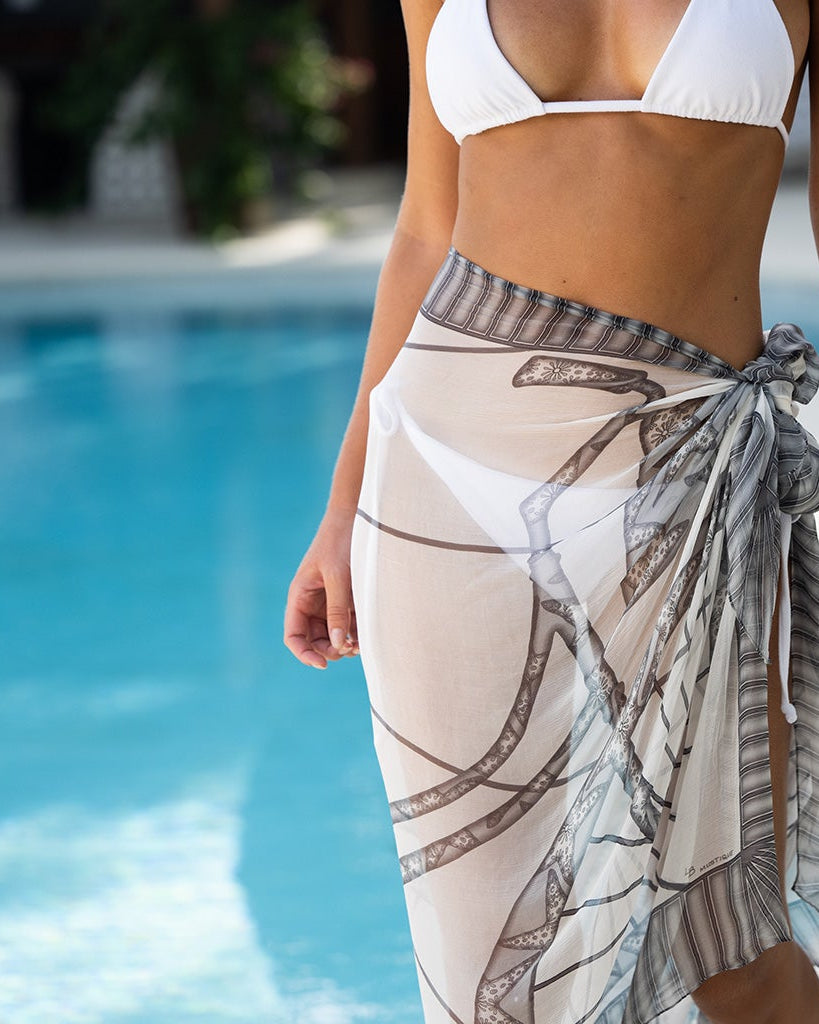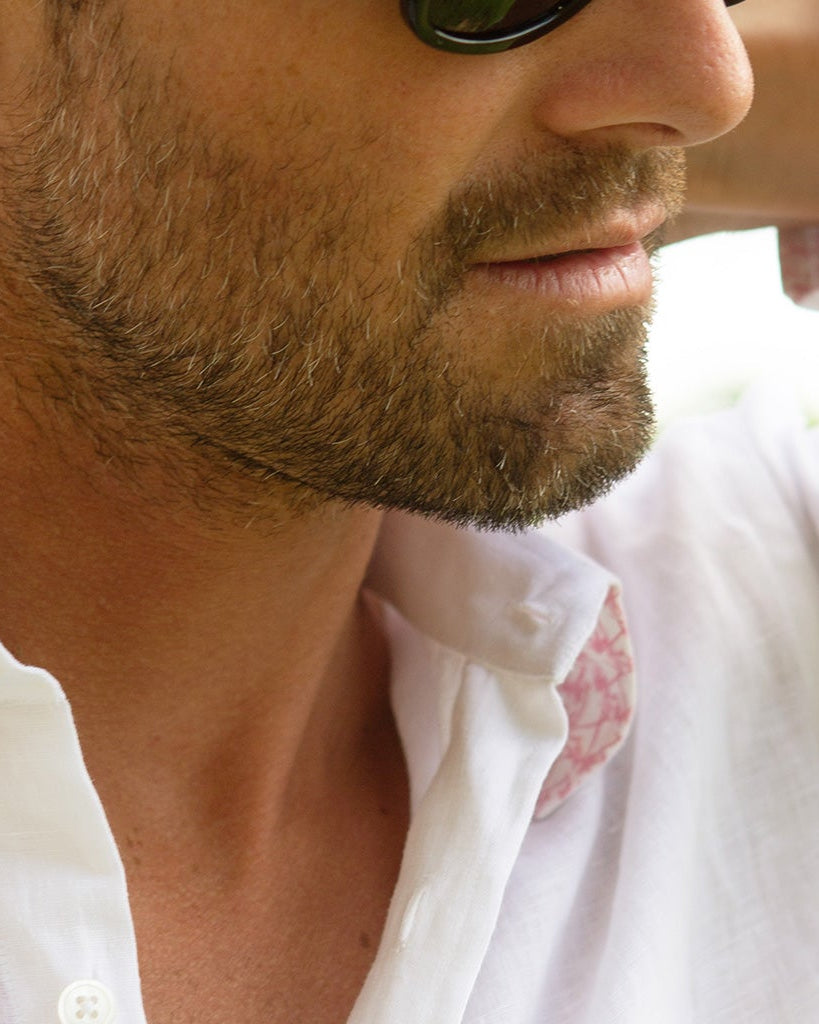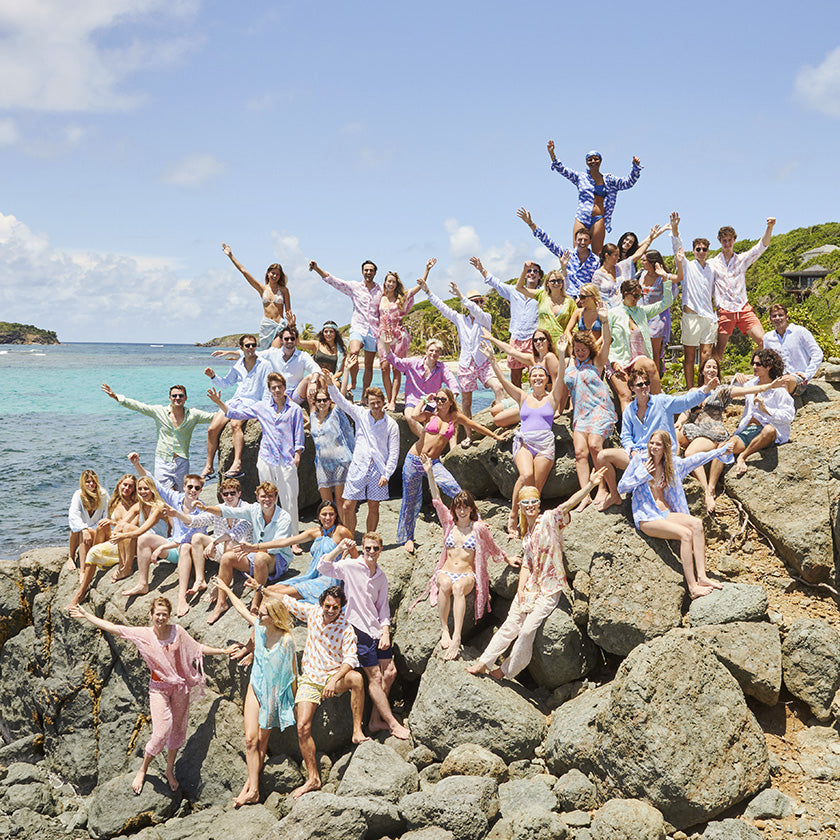Raven Hoflund is the director of The Turtle Project in Mustique, a volunteer organisation whose aim is to protect, collect data and raise awareness of sea turtles, with a longstanding affiliation with the Wider Caribbean Sea Turtle Conservation Network (WIDECAST). Her story is fascinating and we were delighted to catch up with her and find out how she got involved in sea turtle conservation and also to find out a little about the life cycle of a sea turtle.
(Leatherback sea turtle preparing to lay her eggs, photographed on Mustique by Raven Hoflund)
Q: When did you discover your love of the ocean?
I think I’ve always loved the ocean. Having spent almost my entire life surrounded by it, it’s impossible to keep me out of water. 
Q: How did you get involved in conservation?
As a child, my family and I hiked to a bay where nurse sharks would come to mate. I wanted to get closer to them and got in the water beside them, as they harmlessly brushed past us. It was such a memorable experience. And love at first tail flick for me!
Years later they had disappeared, probably all hunted.
I often think of those sharks and when I saw my first nesting turtle and first hatchlings I knew that I didn’t want the same to happen to them.
As a result, I trained with the Wider Caribbean Sea Turtle Conservation Network (WIDECAST) and The Turtle Project Mustique was born. I have been lucky enough to be a part of this amazing sea turtle network ever since.
(Leatherback hatchlings heading to the sea, photographed on Mustique by Raven Hoflund)
Q: Can you tell us a little about the life cycle of a turtle?
Six of the seven species of sea turtle are found within the Caribbean.
Mustique’s beaches host nesting sites for two of those species: the leatherback (Dermochelys coriacea), an endangered species, largest of all sea turtles and the only one lacking a hard shell; and the hawksbill (Eretmochelys imbricata), a critically endangered species, once hunted almost to extinction because of its beautiful shell. Juvenile green turtles are often seen foraging offshore but do not nest here.
Once a sea turtle hatchling leaves their natal beach they spend several years in the open ocean. Not much is known about this period and is often called ’the lost years”. When a sea turtle is a young juvenile it returns to coastal waters to forage, except for leatherbacks that stay in the open ocean often 1000s of miles from where they were born. All species of sea turtle return to or close to their nesting beach to lay their eggs.
Sadly all of the six species of turtle are endangered. They face many threats throughout all stages of their lives from predation, illegal to seasonal harvest of their eggs and meat, entanglement, beach erosion, coastal development, and yes climate change. It truly is not easy being a sea turtle.

(Pasture Bay, Mustique. Photographed by Raven Hoflund)
Q: Are you able to preserve their habitat year to year on Mustique?
In 2017 a total hunting ban of all sea turtles was declared in St Vincent and the Grenadines, to protect our sea turtle populations. As they travel great distances between foraging grounds and nesting beaches it is important that all of our neighbours ban the hunting of sea turtles.
In order to really help these migratory species, it isn't just about our protection on and around our island (though these are equally as important) but also the continuous effort from all other sea turtle organisations and government agencies throughout the region. Without this work sea turtles may not exist today.
WIDECAST is a network of sea turtle specialists from over 40 countries in the Wider Caribbean. It’s like a big family connected by love for sea turtles. The network shares the best available science, education and training for the protection and recovery of our sea turtle populations. The belief is that conservation must come from within, and sea turtles and humans can live in harmony.
You can find more information on sea turtles and our sea turtle family at WIDECAST.org Some of the organisations offer volunteer opportunities for anyone wanting to get more involved in sea turtle conservation.
We are very grateful to Raven for her time, her insightful responses and super photographs!




 (Hawksbill turtle hatchling, photographed by Raven Hoflund)
(Hawksbill turtle hatchling, photographed by Raven Hoflund)












